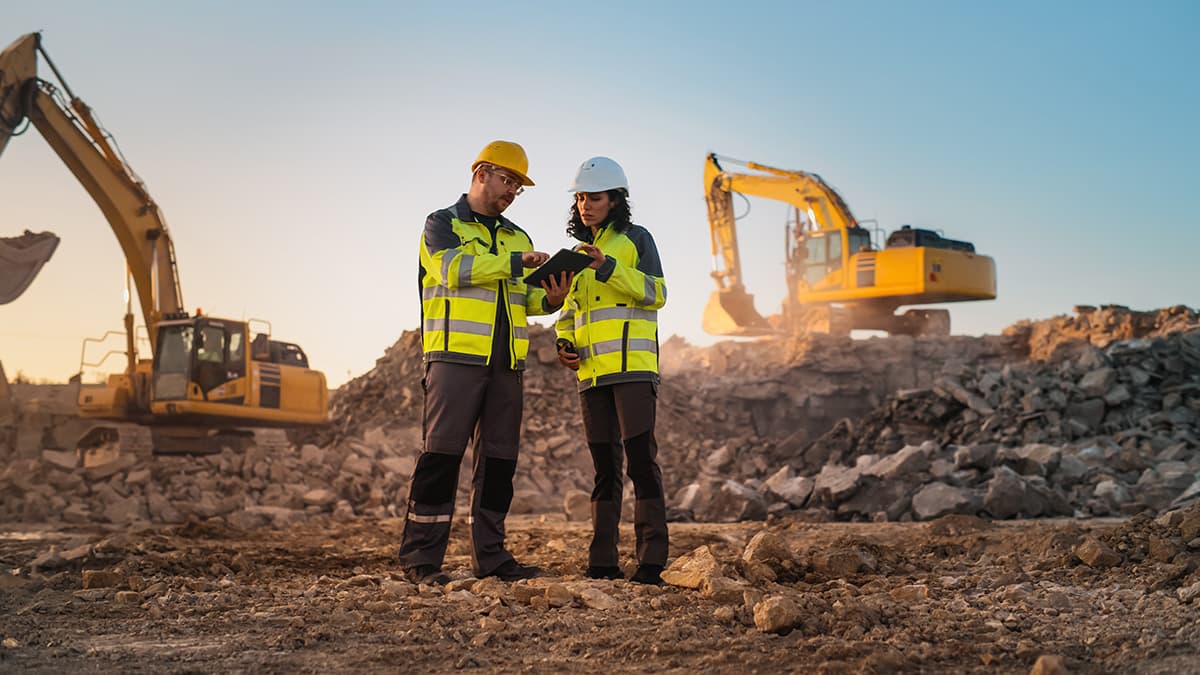.jpg)
Right from the time Facebook chose to rebrand itself in a new avatar- Meta, legions of users have started fancying their 3D digital avatars. With these avatars, they can play, socialize, shop, attend meetings, participate in concerts, and buy land plots in a virtual world. There is considerable hype on the possibilities of the Metaverse. It's billed as the next iteration of the internet where people will mingle with people and engage brands too. Metaverse as a service is brimming with potential- both transactional and experiential. An $800 billion opportunity, the transactional value within the Metaverse is projected to reach $42 billion by 2026, according to research firm Strategy Alliance.
Metaverse will also be the fulcrum of experiential economy, elevating User Experience (UX) to an unimagined level. It is the evolution of a digital-first world where people will make decisions based on their experiences with digital products, services or solutions. Perhaps, that explains why Meta poured $10 billion in 2021 into a new division called Reality Labs. Or the growing traction of Nvidia's Omniverse which BMW has leveraged to create digital twins of its 31 factories to cut production time, enhance product innovation and drive predictive maintenance.
But it's still a decade in the waiting for us to unlock full value from the Metaverse. It will be compelling to take a look at the six blockbuster technologies that will anchor the maturing of the Metaverse.
Augmented Reality-Virtual Reality (AR/VR):
AR/VR technologies will be one of the most potent tech catalysts for driving Metaverse adoption. Metaverse is primarily about connected VR experiences where users seamlessly move from one digital environment to another. AR/VR tech will be the gateway to the Metaverse, enabling the immersion of their avatars into the curated 3D world. AR technology is already inbuilt into most smartphones. In fact, Pokemon GO developer Niantic has an AR alternative to the Metaverse already on its cards.
Blockchain:
Blockchain, the trustless technology will undergird cryptocurrencies, Non-Fungible Tokens (NFTs) and smart contracts that will form the transactional backbone of Metaverse. Blockchain offers a decentralized as well as a transparent infrastructure, which is key to the success of the Metaverse. Cryptocurrencies, NFTs and smart contracts will be critical in providing digital proof of ownership, digital collectability, transfer of value, governance, accessibility and interoperability within the environment. To illustrate, players can purchase virtual lands in Decentraland, a Metaverse project with the cryptocurrency MANA.
.jpg)
5G:
This next-gen mobile technology will provide the speed and bandwidth essential for seamless and real-time data transfers in the Metaverse. More importantly, 5G will enable people to connect to these AR/VR experiences anywhere, not just in their homes. In the next few years, 5G's increased bandwidth could allow VR rendering to be done on edge devices and streamed to your headset, allowing VR headset size to become more comfortable for users.
Artificial intelligence:
Currently, AI use cases are prevalent in the Metaverse, whose focus is on optimizing engagement and advertising. Metaverse designs often include digital companions and friends, and AI is critical for more complex forms of input, processing, gestures, voice generation, and expressions. Moreover, it can enhance algorithms that are used for tasks such as avatar creation, translation of natural languages, and world generation. We can also use AI to improve our interaction in VR as sensors can measure our bioelectrical and muscular patterns.
3D Modeling:
The Metaverse must have three-dimensional environments to be truly immersive. In order to create a Metaverse or VR-based product or service, businesses will need various 3D modeling tools. Even though a fully digitized human body for a virtual environment in VR isn't here yet, virtual avatars are the next best thing. Creating, animating, and utilizing a virtual 3D avatar is very important in this stage of the Metaverse.
Edge Computing:
Often used in commercial environments, edge computing allows for faster data transfer and fewer delays, which is necessary for high-quality virtual experiences. In a world where millions of people are experiencing virtual reality, the cloud cannot handle the amount of processing power required. Through distributed computing, that processing can be brought closer to the user, making the whole experience much more fluid.
Metaverse is a massive online playground where the interplay of cutting-edge technologies will architect solutions and redefine UX in shared virtual spaces. When technologies act in concert, your concert in the Metaverse is more fun and engaging. Your total experience (TX) too.


























































We will verify and publish your comment soon.